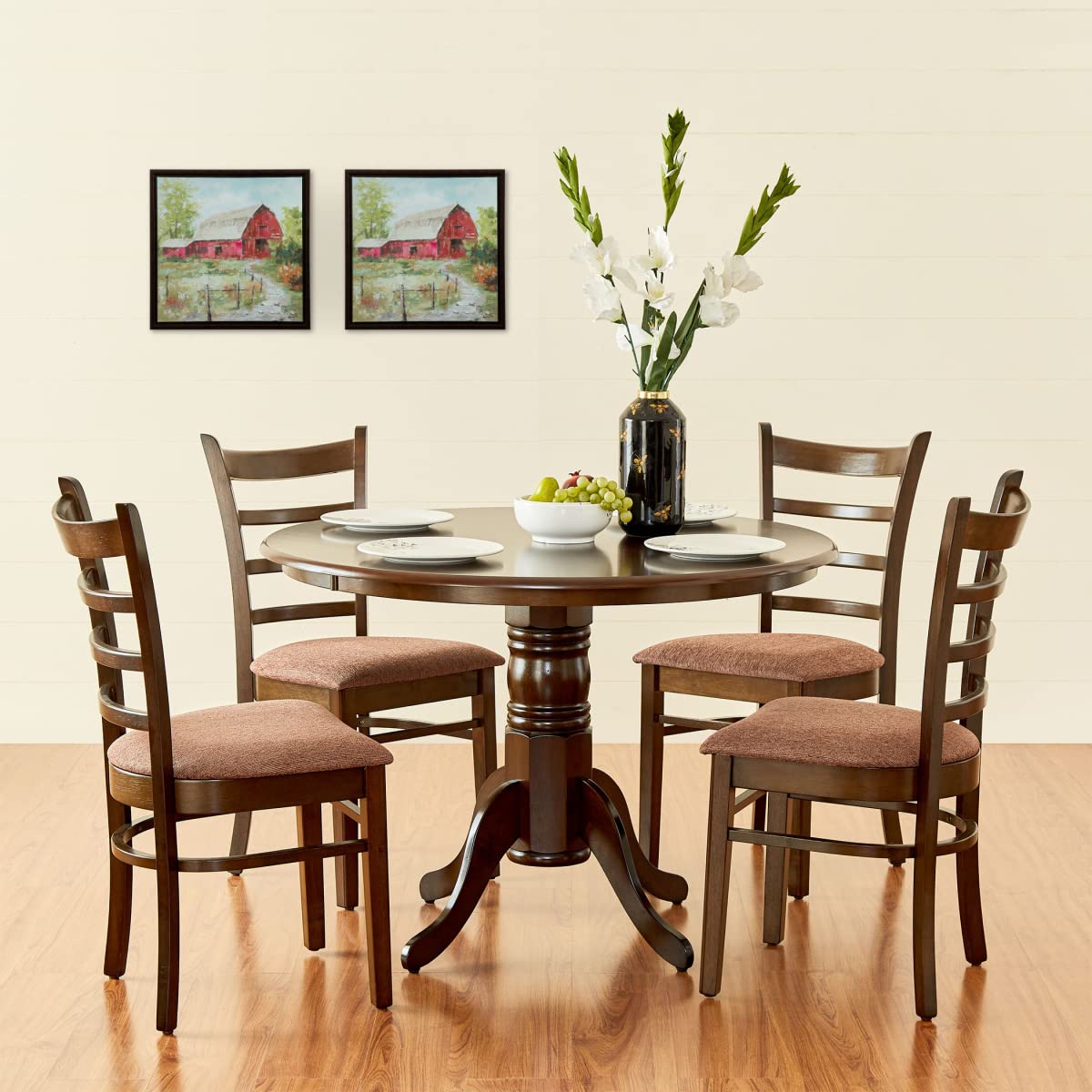

Articles
What Is Rubberwood Furniture
Modified: October 29, 2024
Discover the benefits of rubberwood furniture and how it can enhance your home decor. Explore our wide selection of durable and eco-friendly furniture for every room in your house.
(Many of the links in this article redirect to a specific reviewed product. Your purchase of these products through affiliate links helps to generate commission for Storables.com, at no extra cost. Learn more)
Introduction
Furniture is an essential aspect of any living space, contributing not only to its functionality but also to its aesthetic appeal. When it comes to choosing the right furniture, there are various materials to consider, each with its own unique qualities and characteristics. One such material that has gained popularity in recent years is rubberwood.
Rubberwood, also known as parawood or Hevea brasiliensis, is a sustainable and eco-friendly option for furniture production. It has gained recognition for its durability, beauty, and affordability. In this article, we will delve into the world of rubberwood furniture, exploring its properties, benefits, maintenance, and environmental sustainability.
Whether you are furnishing your home, office, or any other space, understanding the features and advantages of rubberwood furniture can help you make an informed decision. So, let’s dive in and discover the wonders of this remarkable material!
Key Takeaways:
- Rubberwood furniture is a durable, versatile, and eco-friendly option, sourced from sustainable rubber trees. It offers affordability, easy maintenance, and customizability, making it a compelling choice for conscious consumers.
- Choosing rubberwood furniture contributes to environmental sustainability, reduces waste, and promotes responsible forestry practices. Its affordability, durability, and accessibility make it an excellent option for quality, stylish, and eco-friendly furniture.
Read more: What-Not Furniture
What Is Rubberwood?
Rubberwood is a type of hardwood that comes from the rubber tree, also known as Hevea brasiliensis. The rubber tree is primarily grown for latex production, but once it completes its latex-producing cycle and is no longer economically viable, it is harvested for its timber. This timber is then used to create rubberwood furniture.
Unlike other traditional hardwoods, rubberwood has unique characteristics that make it highly suitable for furniture production. One of the distinguishing features of rubberwood is its light, pale yellow color with minimal grain patterns. This makes it a versatile material that can easily be stained or painted to match various interior styles and color schemes.
Furthermore, rubberwood is known for its exceptional strength and durability. It is a dense and sturdy material that can withstand the test of time and daily wear and tear. This makes rubberwood furniture long-lasting and resilient, ensuring that your investment will serve you well for many years to come.
Additionally, rubberwood exhibits excellent stability, meaning it is less prone to warping or cracking when exposed to changes in temperature and humidity. This stability is a crucial factor in maintaining the structural integrity of furniture, ensuring it remains in optimal condition even in different climates.
Moreover, rubberwood is a sustainable choice for furniture production. As mentioned earlier, rubberwood is harvested from rubber trees that have completed their latex-producing cycle. By utilizing this timber, we are maximizing the use of a resource that would otherwise go to waste. It promotes responsible forestry practices, helping to reduce deforestation and the depletion of natural resources.
In the next section, we will explore the specific properties of rubberwood that make it an ideal material for furniture production.
Properties of Rubberwood
Rubberwood possesses several unique properties that contribute to its desirability as a material for furniture production.
Density: Rubberwood is a relatively dense hardwood, which gives it excellent sturdiness and durability. Its density ensures that furniture made from rubberwood can withstand the rigors of daily use without compromising its structural integrity.
Grain Pattern: One of the distinguishing characteristics of rubberwood is its minimal grain pattern. While some hardwoods have prominent and intricate grain patterns, rubberwood has a more uniform and subdued appearance. This makes it an ideal canvas for various finishes and color treatments.
Easy to Work With: Due to its moderate density and smooth surface, rubberwood is relatively easy to work with, making it a popular choice among furniture craftsmen. It can be easily cut, shaped, and joined, allowing for intricate designs and details to be incorporated into furniture pieces.
Accepts Stains and Finishes: Rubberwood has a natural light color, which makes it highly receptive to stains and finishes. This means that furniture made from rubberwood can be customized to suit individual preferences and interior design schemes. Whether you prefer a natural, stained, or painted finish, rubberwood is a versatile material that can be transformed to meet your desired aesthetic.
Stability: One of the key advantages of rubberwood is its stability. It exhibits minimal movement and is less prone to warping or cracking compared to other types of wood. This stability ensures that rubberwood furniture retains its original shape and structure even when faced with changes in temperature and humidity.
Eco-Friendly: As mentioned earlier, rubberwood is a sustainable choice for furniture production. By utilizing the timber from rubber trees that have completed their latex-producing cycle, we are promoting responsible forestry practices and reducing waste. This eco-friendly aspect of rubberwood makes it an excellent option for those who prioritize sustainability in their furniture choices.
Now that we have explored the properties of rubberwood, let’s move on to the next section to discover the benefits of choosing rubberwood furniture for your home or office space.
Benefits of Rubberwood Furniture
Rubberwood furniture offers a multitude of benefits that make it an attractive choice for homeowners and interior decorators alike. Let’s explore some of the key advantages of opting for rubberwood furniture:
- Durability: Rubberwood is renowned for its exceptional strength and durability. It can withstand the everyday rigors of use without showing signs of wear and tear. Investing in rubberwood furniture ensures that you have long-lasting and resilient pieces that will serve you well for years to come.
- Versatility: Rubberwood’s light, neutral color and minimal grain pattern make it a versatile material for furniture production. It can easily be stained or painted to complement any interior design style or color scheme. Whether you prefer a natural wood look or a bold, vibrant finish, rubberwood furniture can be customized to suit your aesthetic preferences.
- Affordability: When compared to other hardwood options, rubberwood furniture tends to be more affordable. This makes it an excellent choice for individuals who want high-quality furniture without breaking the bank. Rubberwood offers a budget-friendly option without compromising on durability or style.
- Ease of Maintenance: Rubberwood furniture is relatively low-maintenance. It can be easily cleaned with a damp cloth and mild soap to remove dust and stains. Regular dusting and occasional polishing will help maintain its appearance and prolong its lifespan. Additionally, the stability of rubberwood ensures that it is less susceptible to warping or cracking, reducing the need for extensive repairs or replacements.
- Customizability: Rubberwood’s smooth surface and receptiveness to stains and finishes allow for easy customization. Whether you want a specific color, texture, or sheen, rubberwood can be transformed to meet your desired specifications. This flexibility enables you to create furniture pieces that perfectly align with your personal style and preferences.
- Eco-friendly: Opting for rubberwood furniture contributes to environmental sustainability. By utilizing timber from rubber trees that have completed their latex production cycle, we reduce waste and promote responsible forestry practices. This eco-friendly aspect of rubberwood aligns with the growing trend of sustainable living and conscious consumerism.
Overall, rubberwood furniture offers durability, versatility, affordability, ease of maintenance, customizability, and environmental sustainability. These benefits make it an excellent choice for anyone seeking high-quality, stylish, and eco-friendly furniture options for their home or office.
Next, let’s explore how to properly maintain and care for your rubberwood furniture to ensure its longevity.
When shopping for rubberwood furniture, look for pieces with a smooth, even grain and a consistent color. Avoid furniture with knots or blemishes, as these can weaken the wood.
Maintenance and Care of Rubberwood Furniture
To ensure the longevity and beauty of your rubberwood furniture, it’s important to follow some simple maintenance and care practices:
- Regular Dusting: Dust your rubberwood furniture regularly using a soft, lint-free cloth or a feather duster. This removes surface dust and prevents it from settling into the wood grain.
- Avoid Exposure to Direct Sunlight: Prolonged exposure to direct sunlight can cause the color of rubberwood to fade over time. Place your furniture away from windows or use window treatments to protect it from harsh sunlight.
- Use Coasters and Placemats: Place coasters, placemats, or tablecloths on rubberwood surfaces to protect them from heat, moisture, and stains. This precaution helps prevent damage and extends the lifespan of your furniture.
- Wipe Up Spills Immediately: Accidental spills should be wiped up immediately to prevent moisture from seeping into the wood and causing damage. Use a clean, damp cloth to blot the spill and dry the surface thoroughly.
- Avoid Harsh Chemicals: When cleaning your rubberwood furniture, avoid using harsh chemicals, abrasive cleaners, or furniture polish containing silicone. These substances can damage the wood’s surface and leave a residue.
- Apply Wood Polish: Periodically apply a wood polish or furniture wax specifically designed for use on rubberwood. This helps protect the surface and enhance its natural luster. Follow the manufacturer’s instructions for application.
- Handle With Care: While rubberwood is durable, it is still susceptible to scratches and dents. Use caution when moving or placing items on the furniture to avoid unnecessary damage. Consider using furniture pads or felt protectors on the bottom of objects to prevent scratching.
- Regulate Temperature and Humidity: Rubberwood is relatively stable but can still be affected by extreme changes in temperature and humidity. Maintain a stable indoor environment to prevent warping or cracking. Use a humidifier or dehumidifier if necessary.
- Professional Repairs: If your rubberwood furniture experiences significant damage or wear and tear, consult a professional furniture repair specialist. They can assess the damage and provide the appropriate repair or restoration services to bring your furniture back to its original condition.
By following these simple maintenance and care practices, you can ensure the longevity and beauty of your rubberwood furniture, allowing you to enjoy its functionality and aesthetic appeal for years to come.
Next, let’s explore the environmental sustainability of rubberwood and how it compares to other types of wood.
Read more: What Is A Sideboard Furniture
Environmental Sustainability of Rubberwood
One of the major advantages of rubberwood furniture is its positive impact on the environment. Rubberwood is considered an environmentally sustainable choice for furniture production for several key reasons:
- Utilization of Plantation Trees: Rubberwood is sourced from rubber trees that have completed their latex production cycle and are no longer economically viable. Instead of being discarded or burned, these plantation trees are harvested for their timber. By utilizing this resource, we reduce waste and make the most out of every rubber tree that is planted and grown.
- Reduced Deforestation: Choosing rubberwood furniture helps reduce the demand for new trees to be cut down. Traditional hardwood furniture often involves the cutting down of natural forests, which leads to deforestation and habitat destruction. By opting for rubberwood, which comes from sustainably managed plantations, we contribute to the preservation of natural forests and their biodiversity.
- Carbon Footprint Reduction: The rubberwood industry is known for its comprehensive byproduct utilization. Every part of the tree has value, whether it’s the timber for furniture or the leftover branches and leaf matter for biomass energy production. This holistic approach minimizes waste and reduces the carbon footprint associated with rubberwood production.
- Renewable Resource: Rubberwood comes from rubber trees, which are considered a renewable resource. These trees can be tapped for latex for several years before reaching the end of their latex production cycle. Once harvested, new rubber trees are planted to continue the cycle. This sustainable practice ensures a continuous and renewable supply of rubberwood for furniture production.
- Eco-Friendly Manufacturing Processes: Many manufacturers of rubberwood furniture adhere to environmentally friendly manufacturing processes. They prioritize energy efficiency, waste reduction, and the use of eco-friendly finishes and adhesives. This commitment to sustainable manufacturing further enhances the environmental credentials of rubberwood furniture.
By choosing rubberwood furniture, you are making a conscious decision to support responsible forestry practices and contribute to environmental sustainability. Not only does rubberwood provide a durable and visually appealing material for furniture, but it also allows us to minimize our ecological impact and promote a more sustainable future.
Next, let’s explore how rubberwood compares to other types of wood commonly used in furniture production.
Comparison with Other Types of Wood
When it comes to choosing wood furniture, there are various options available. Let’s compare rubberwood with some commonly used types of wood to understand its unique qualities:
- Oak: Oak is a popular hardwood known for its durability and strength. It has a prominent grain pattern and is often used for furniture that requires intricate designs. While oak furniture is highly resilient, it tends to be more expensive than rubberwood.
- Maple: Maple is another hardwood known for its durability and resistance to scratches. It has a light color and a smooth grain pattern. Maple furniture is often preferred for its natural beauty and elegance. However, maple is typically more expensive than rubberwood.
- Mahogany: Mahogany is a tropical hardwood with a rich, dark color and a beautiful grain pattern. It is highly desirable for its durability and luxurious look. However, mahogany furniture is typically more expensive than rubberwood and may not be as widely available.
- Pine: Pine is a softwood that is commonly used for furniture. It has a light color with distinct grain patterns. Pine furniture is often more affordable than rubberwood, but it may not be as durable and resistant to wear and tear.
- Cherry: Cherry wood is a hardwood known for its warm reddish-brown color and smooth grain pattern. It is highly valued for its beauty and is often used in high-end furniture. However, cherry furniture tends to be more expensive than rubberwood.
Compared to these other types of wood, rubberwood offers several advantages. It is more affordable than hardwoods like oak, maple, mahogany, and cherry, making it a practical choice for budget-conscious individuals. Rubberwood is also more readily available, ensuring easy accessibility for those in search of sustainable and affordable furniture options.
While rubberwood may not have the same intricate grain patterns as some hardwoods, its minimal grain provides a versatile canvas that can easily be stained or painted to suit various design preferences. Rubberwood’s stability and durability are comparable to hardwoods, ensuring long-lasting furniture that can withstand everyday use.
Furthermore, choosing rubberwood contributes to environmental sustainability. Its utilization of plantation trees and reduction of waste align with responsible forestry practices, making it an eco-friendly choice for conscious consumers.
When considering the overall value, including price, durability, accessibility, and environmental impact, rubberwood proves to be a compelling option for those seeking quality and sustainable furniture.
Now that we’ve explored the benefits, properties, and comparisons of rubberwood furniture, it’s clear that it offers an excellent combination of affordability, durability, versatility, and environmental sustainability. Whether you’re furnishing your home, office, or any other space, rubberwood furniture brings style, functionality, and peace of mind.
To Summarize, rubberwood:
- Is sourced from rubber trees that have completed their latex production cycle.
- Is durable, stable, and easy to work with.
- Can be customized with stains and finishes to match any style.
- Is affordable compared to other hardwood options.
- Requires regular dusting and minimal maintenance.
- Is an environmentally sustainable choice, reducing waste and promoting responsible forestry practices.
- Compares favorably to other types of wood in terms of affordability and accessibility.
Now you can confidently consider rubberwood as an excellent option when choosing furniture that combines quality, style, and environmental responsibility.
Conclusion
When it comes to selecting furniture for your living space, rubberwood proves to be a versatile and sustainable choice. Its unique properties, such as durability, stability, and versatility, make it an excellent material for crafting high-quality furniture pieces that can withstand the tests of time and everyday use.
Throughout this article, we have explored the various aspects of rubberwood furniture. From understanding its origins and properties to diving into its benefits, maintenance, and environmental sustainability, it is clear that rubberwood offers a compelling combination of affordability, durability, customizability, and eco-friendliness.
By choosing rubberwood furniture, you not only bring functional and aesthetically pleasing pieces into your home but also contribute to responsible forestry practices and the reduction of waste. This aligns with the growing trend of sustainable living and conscious consumerism, allowing you to make a positive impact on the environment.
Furthermore, rubberwood’s affordability makes it accessible to a wider range of individuals, providing an opportunity to furnish their spaces with quality furniture without exceeding their budget. Its versatility allows for customization and the ability to adapt to various interior design styles and preferences.
With proper care and maintenance, your rubberwood furniture will retain its beauty and functionality for years to come. Regular dusting, using coasters and placemats, and avoiding harsh chemicals will help preserve its pristine condition and prolong its lifespan.
In conclusion, rubberwood furniture offers an excellent balance of affordability, durability, versatility, and environmental sustainability. It presents an opportunity to furnish your living space with high-quality, visually appealing, and ecologically responsible pieces. So, the next time you are in the market for furniture, consider opting for rubberwood – a choice that combines style, function, and ethical considerations.
Frequently Asked Questions about What Is Rubberwood Furniture
Was this page helpful?
At Storables.com, we guarantee accurate and reliable information. Our content, validated by Expert Board Contributors, is crafted following stringent Editorial Policies. We're committed to providing you with well-researched, expert-backed insights for all your informational needs.
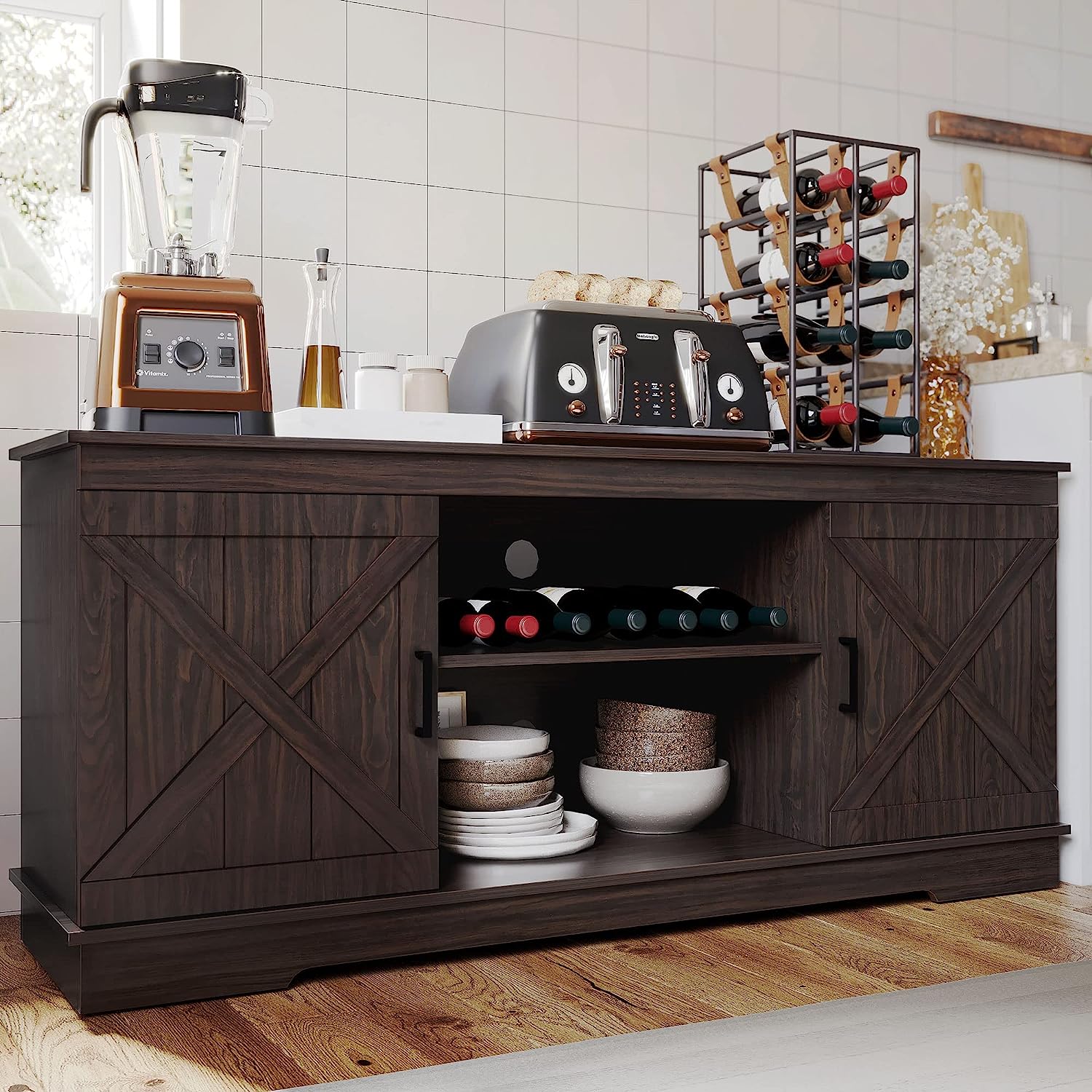
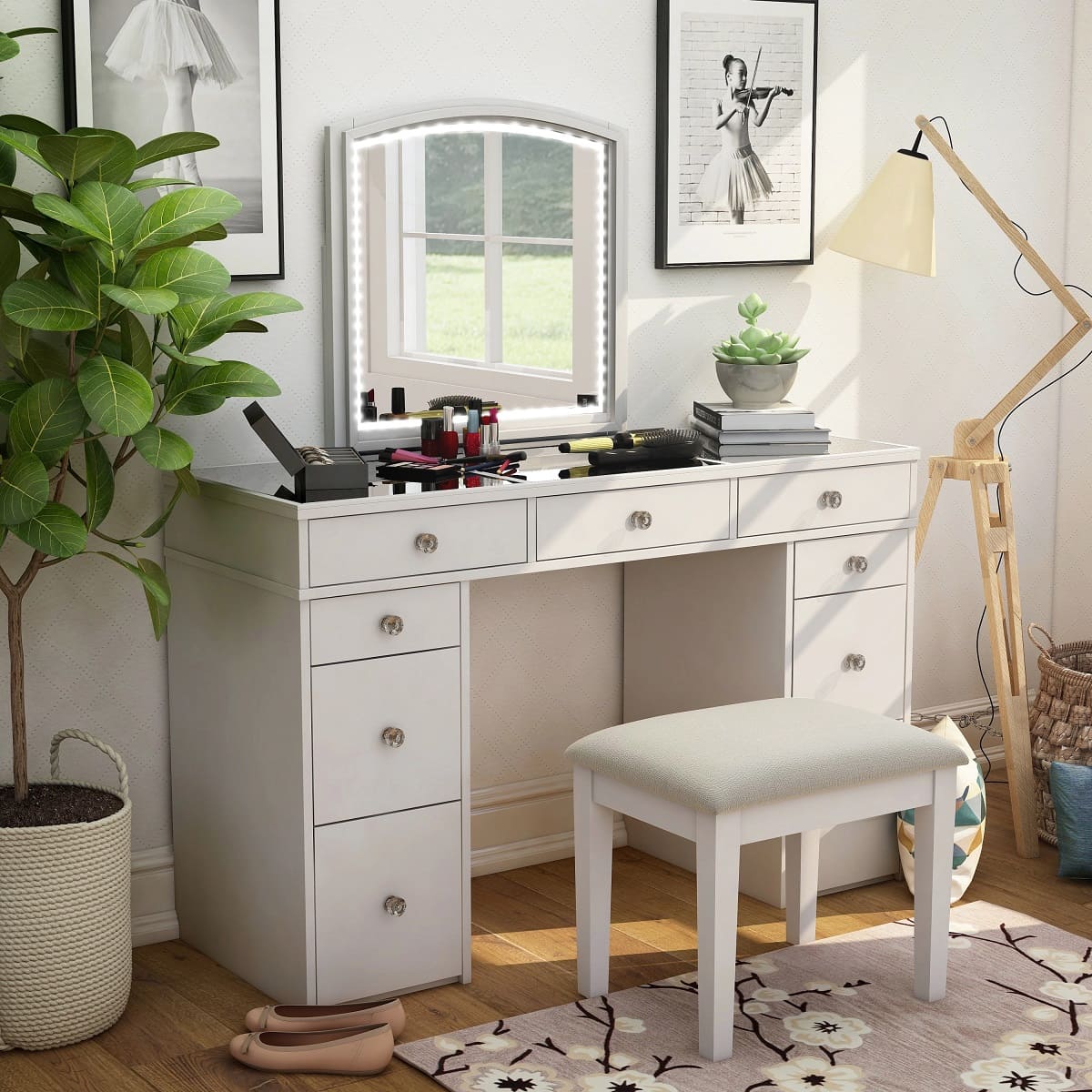
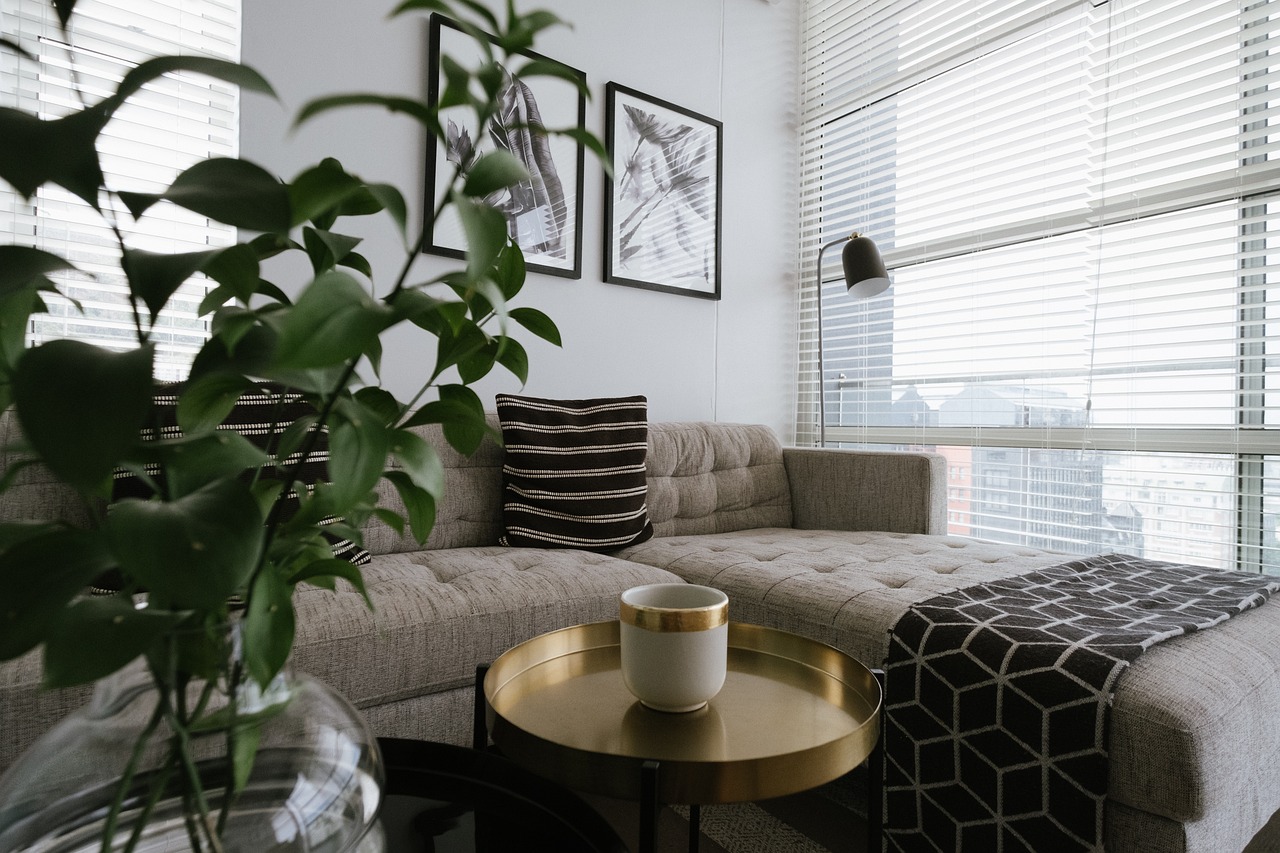
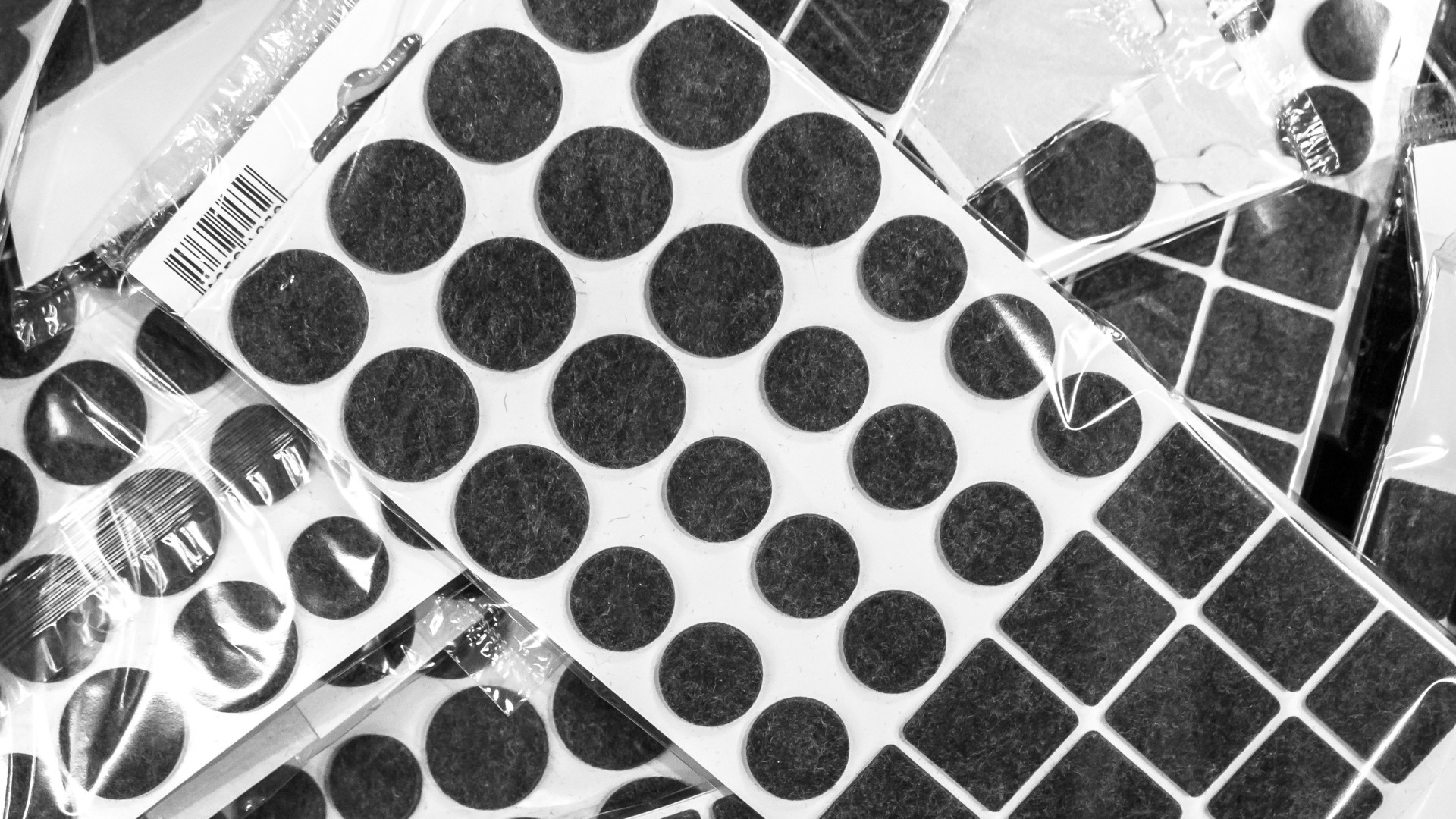
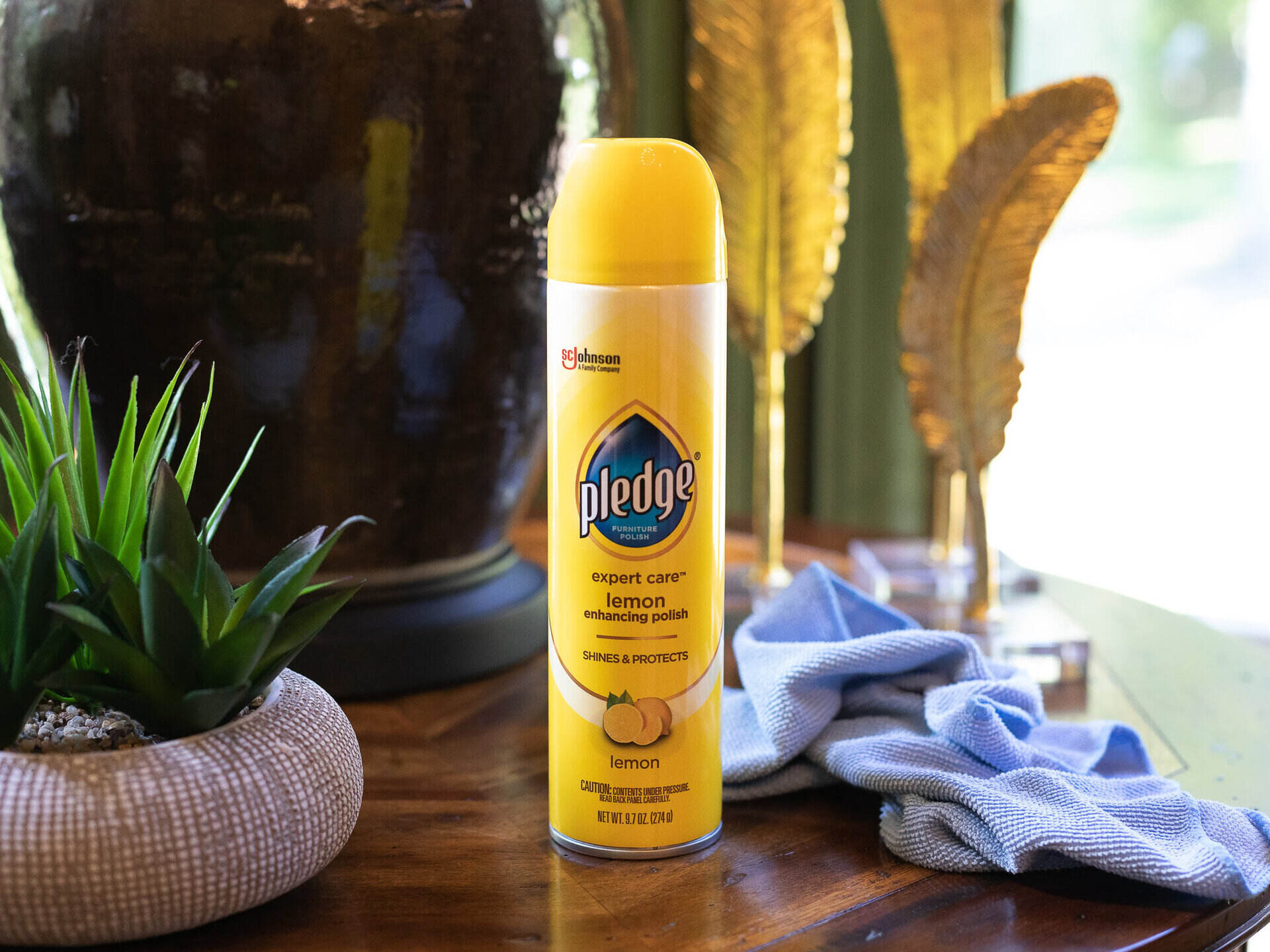
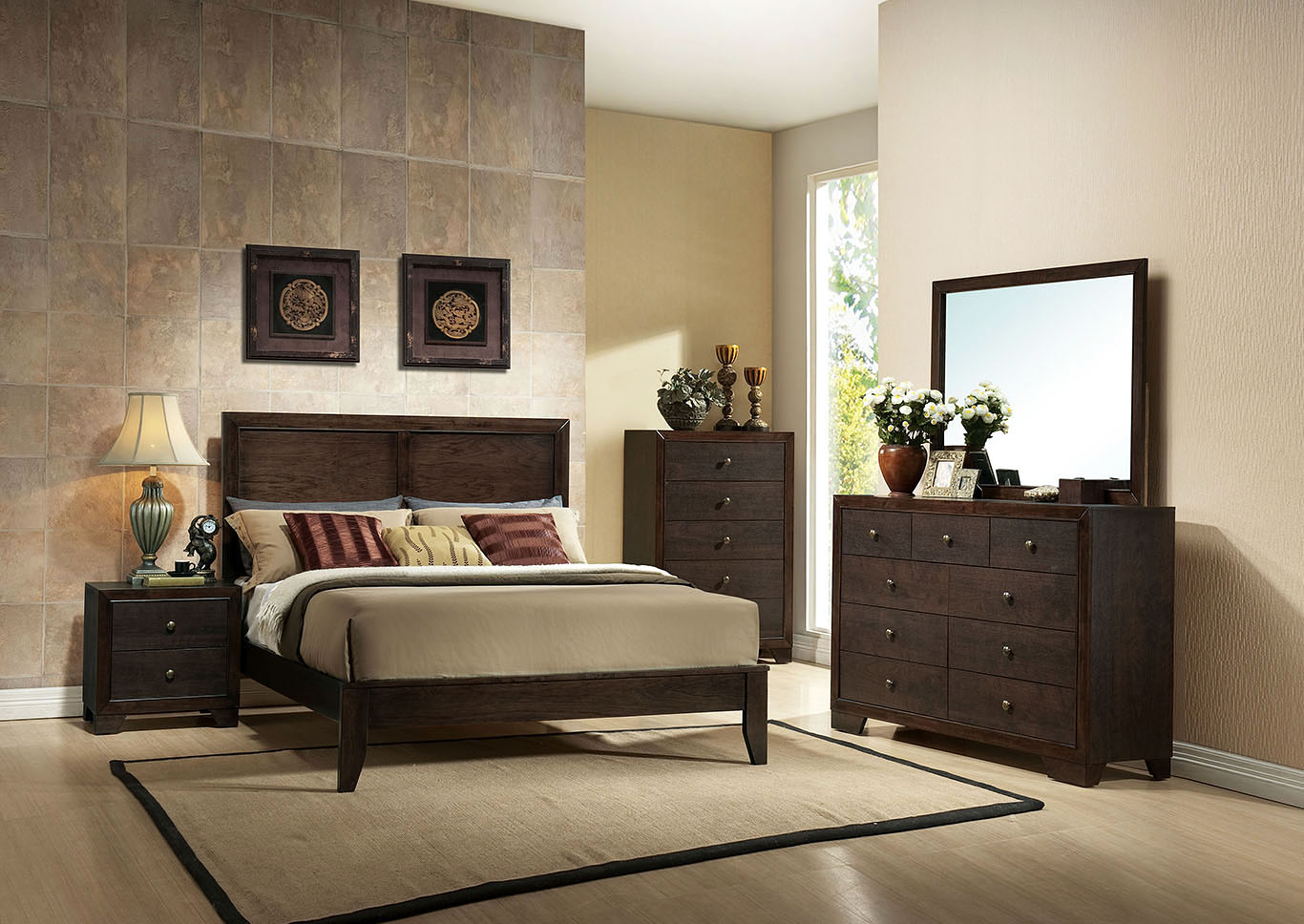
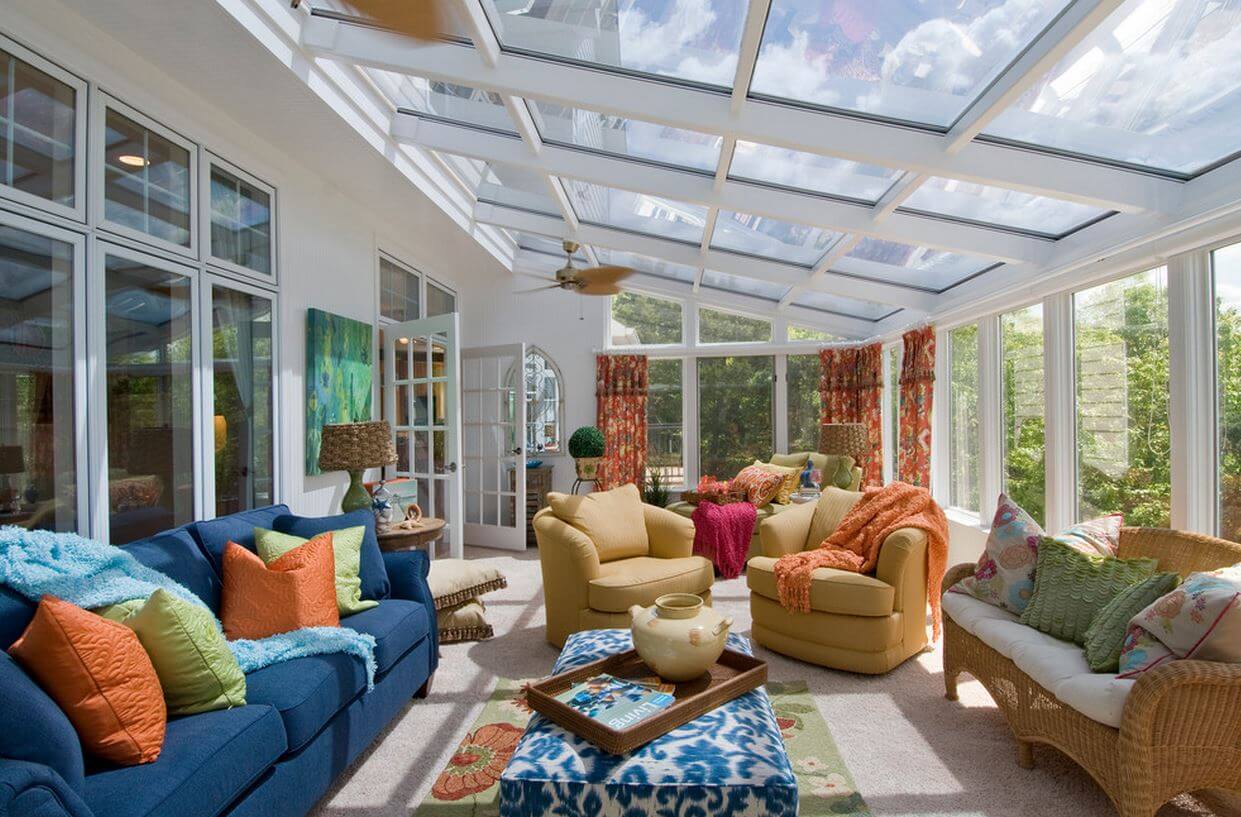
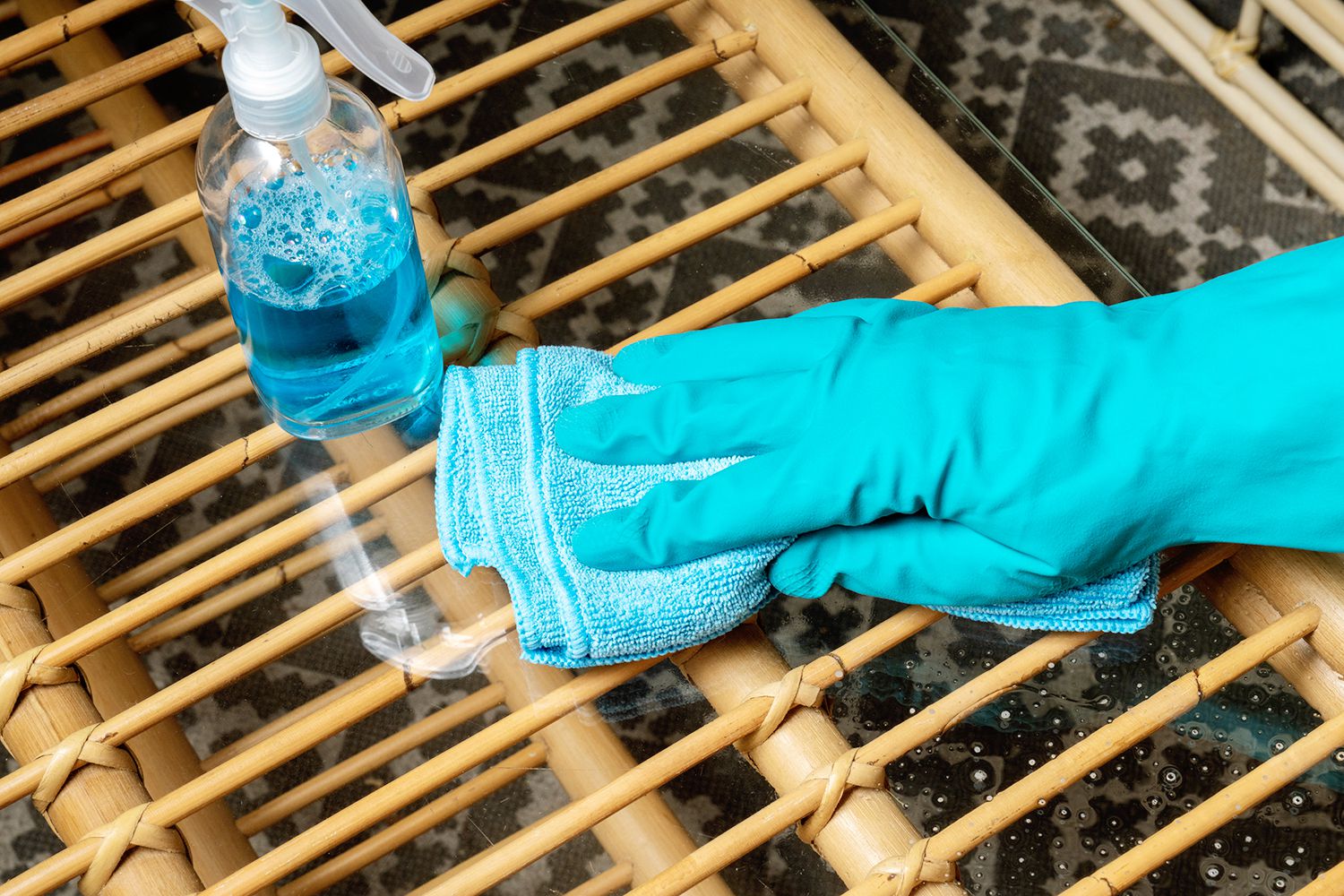
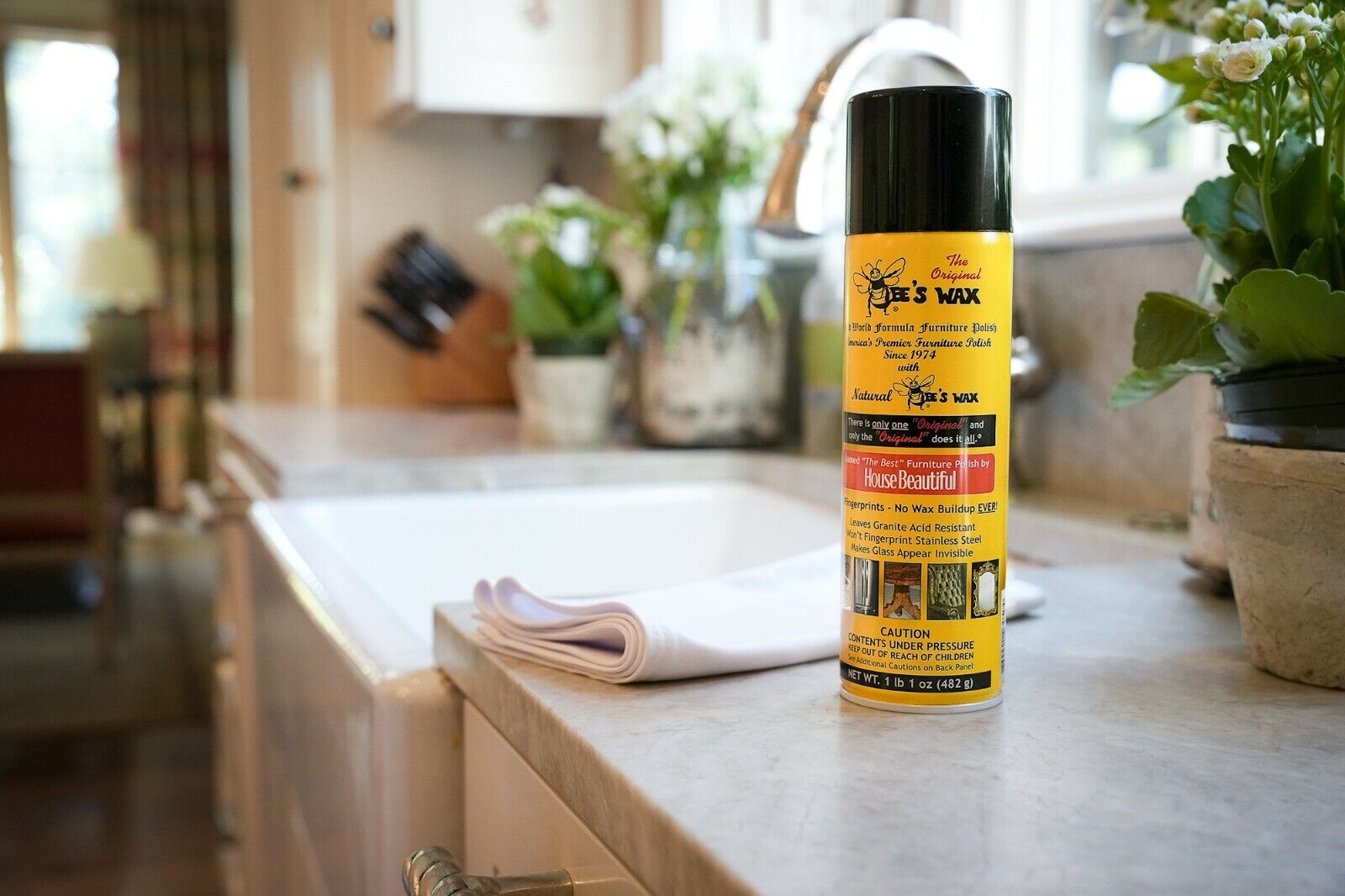
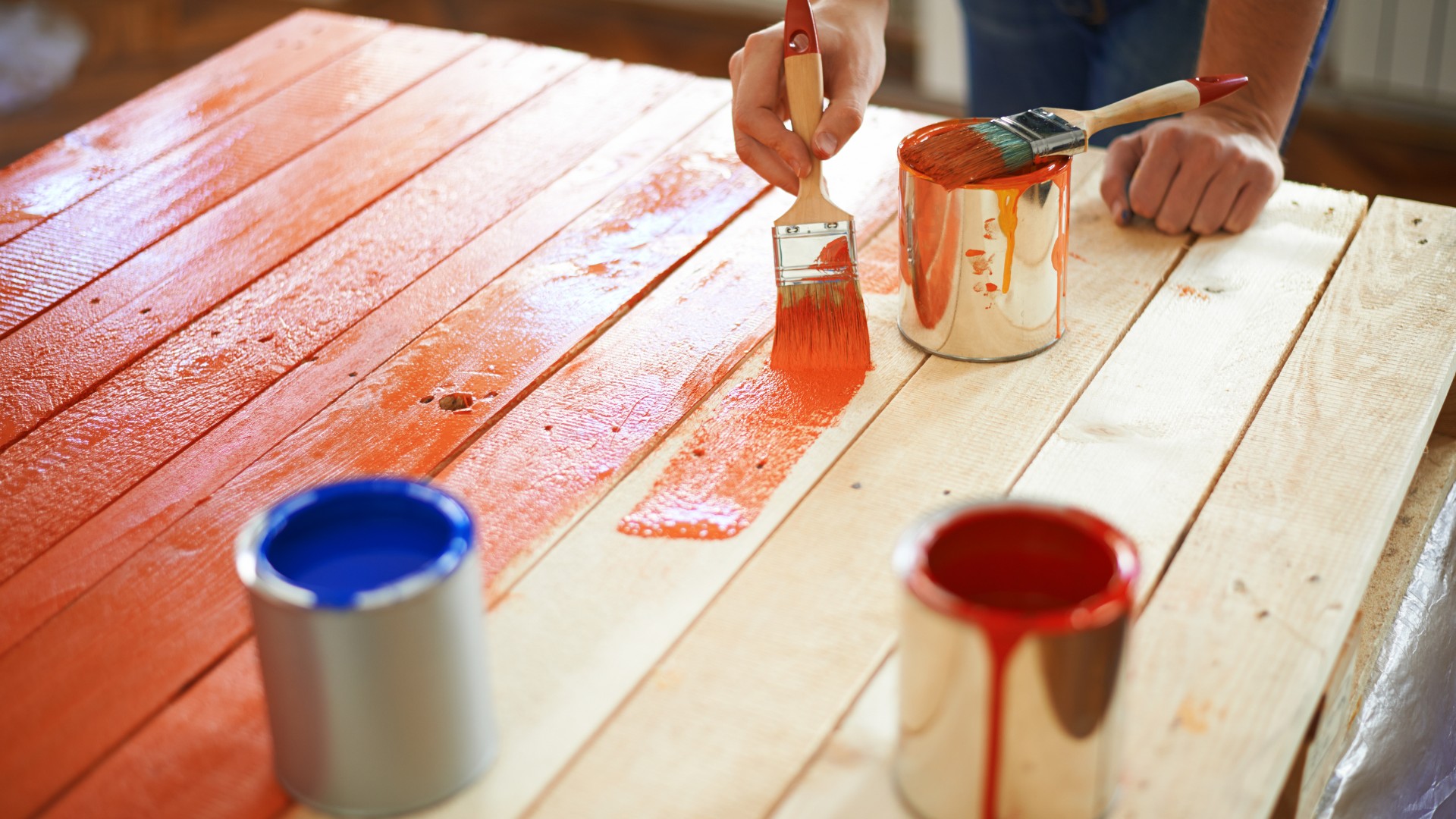
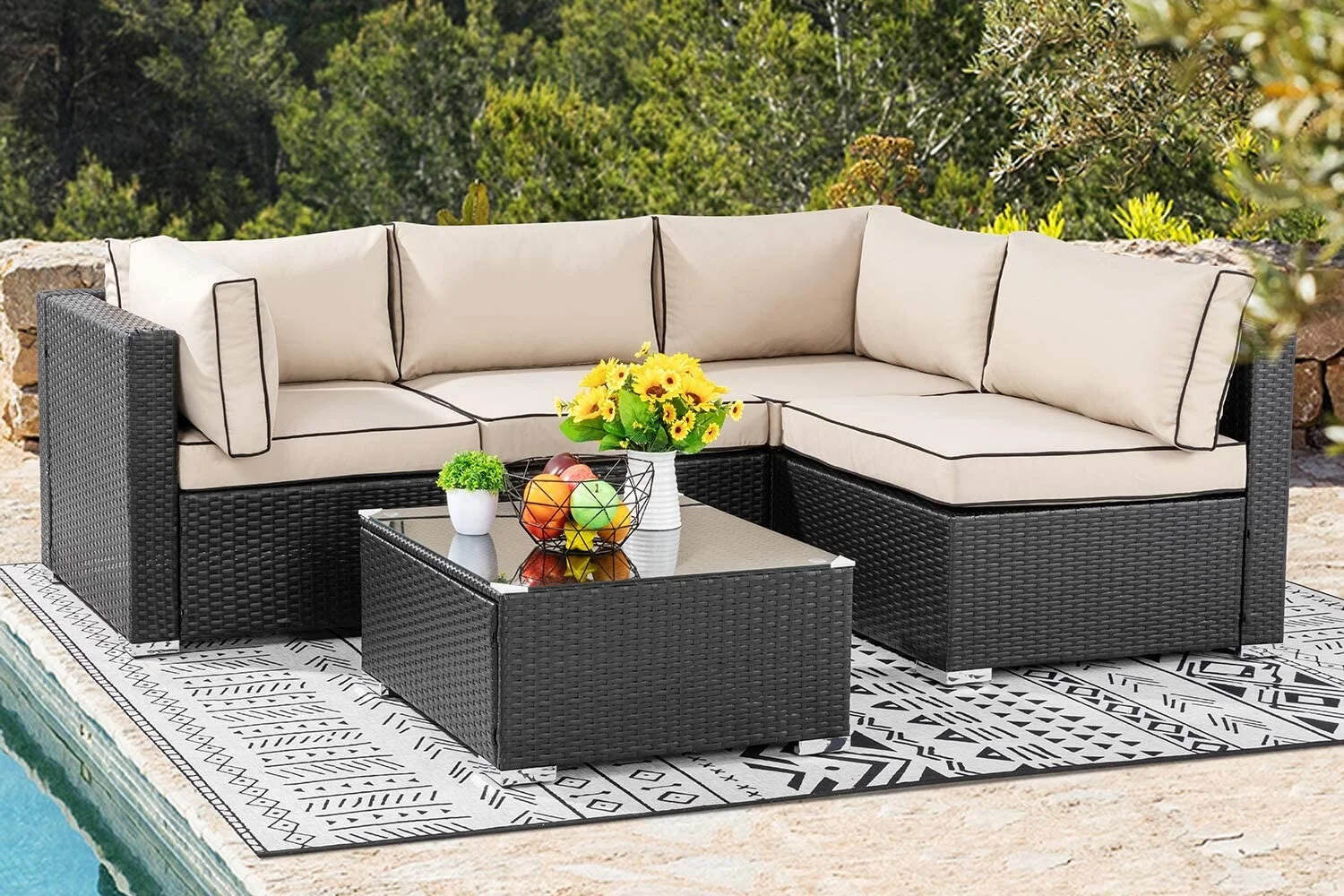
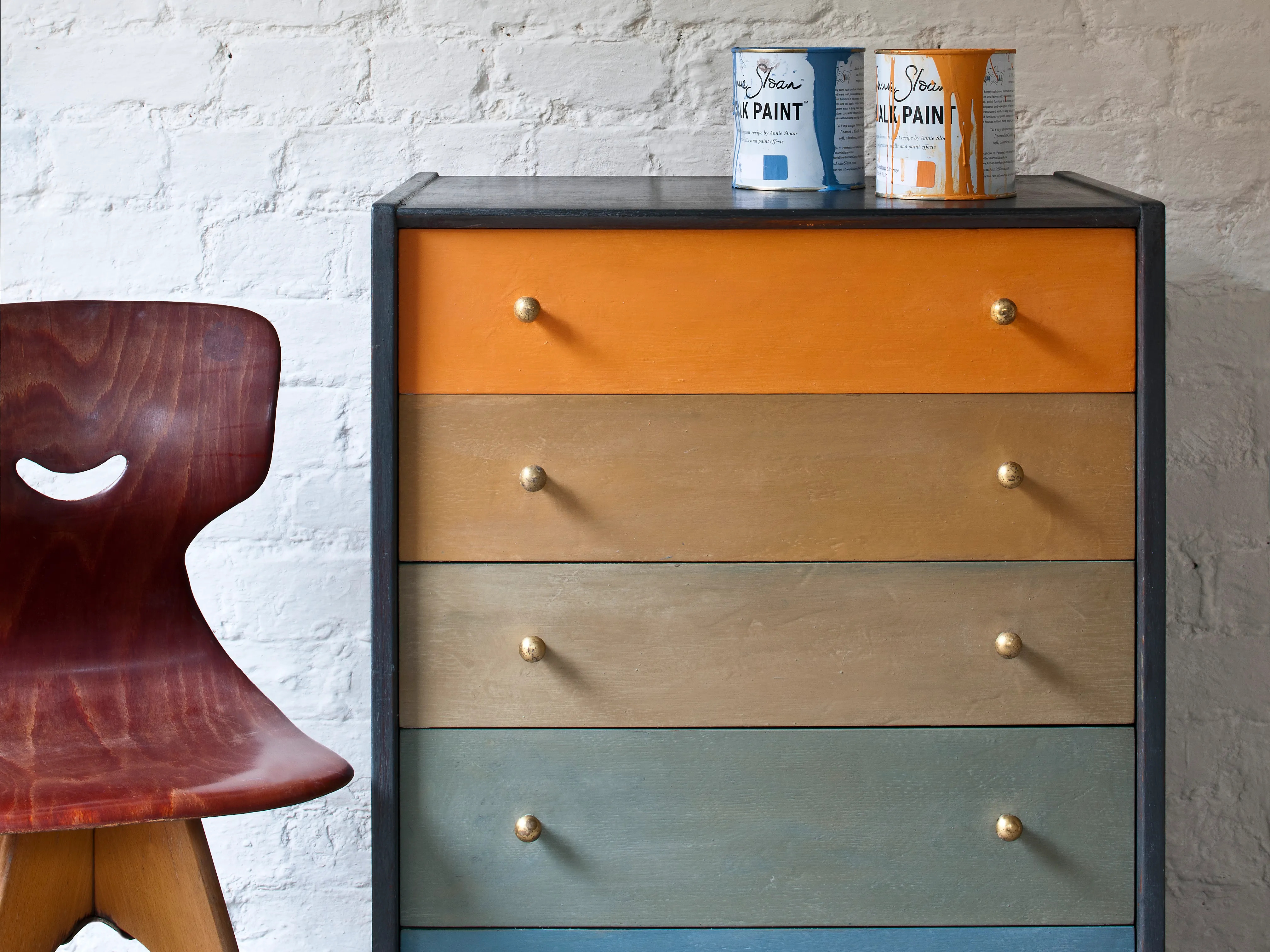
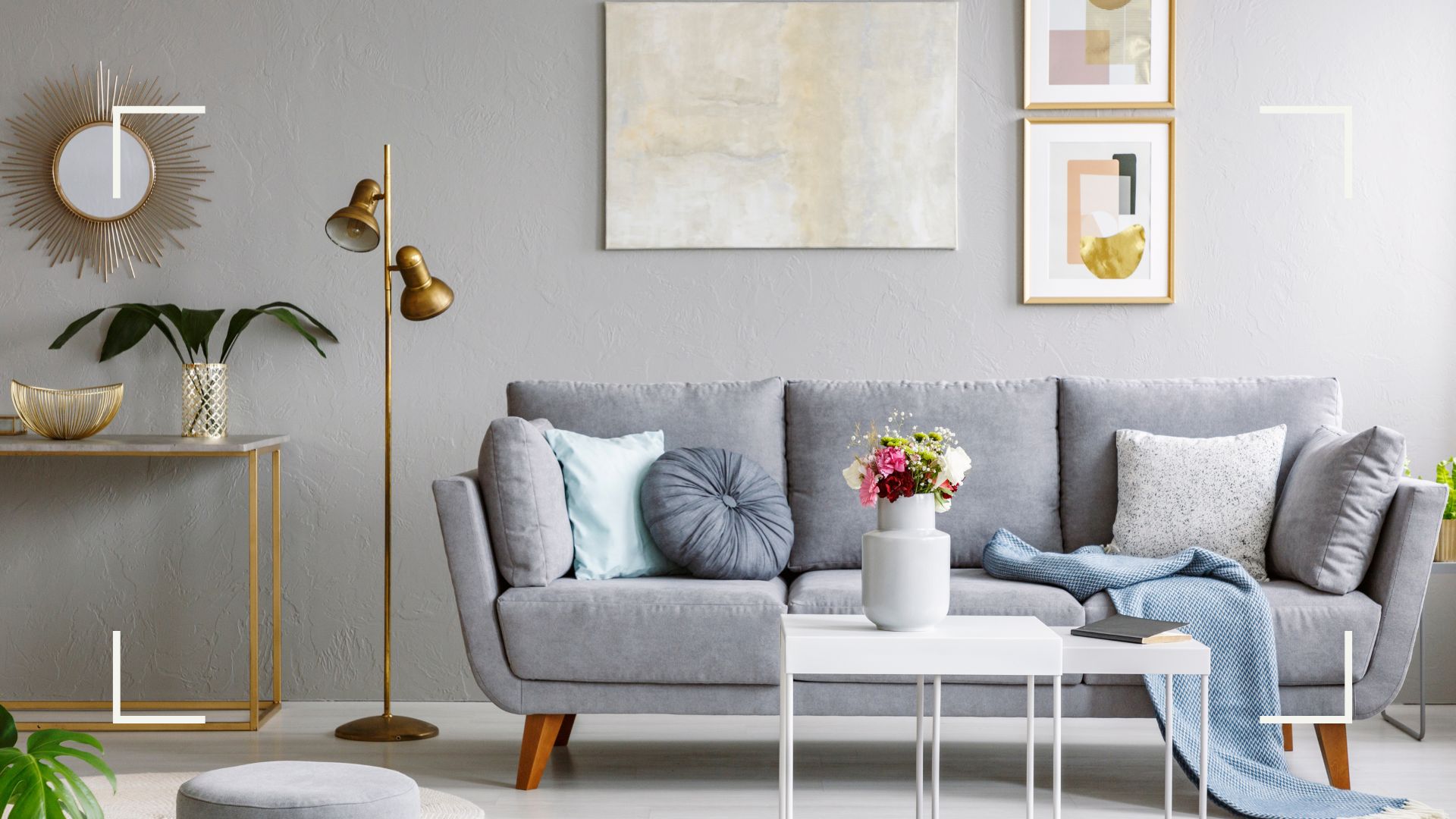
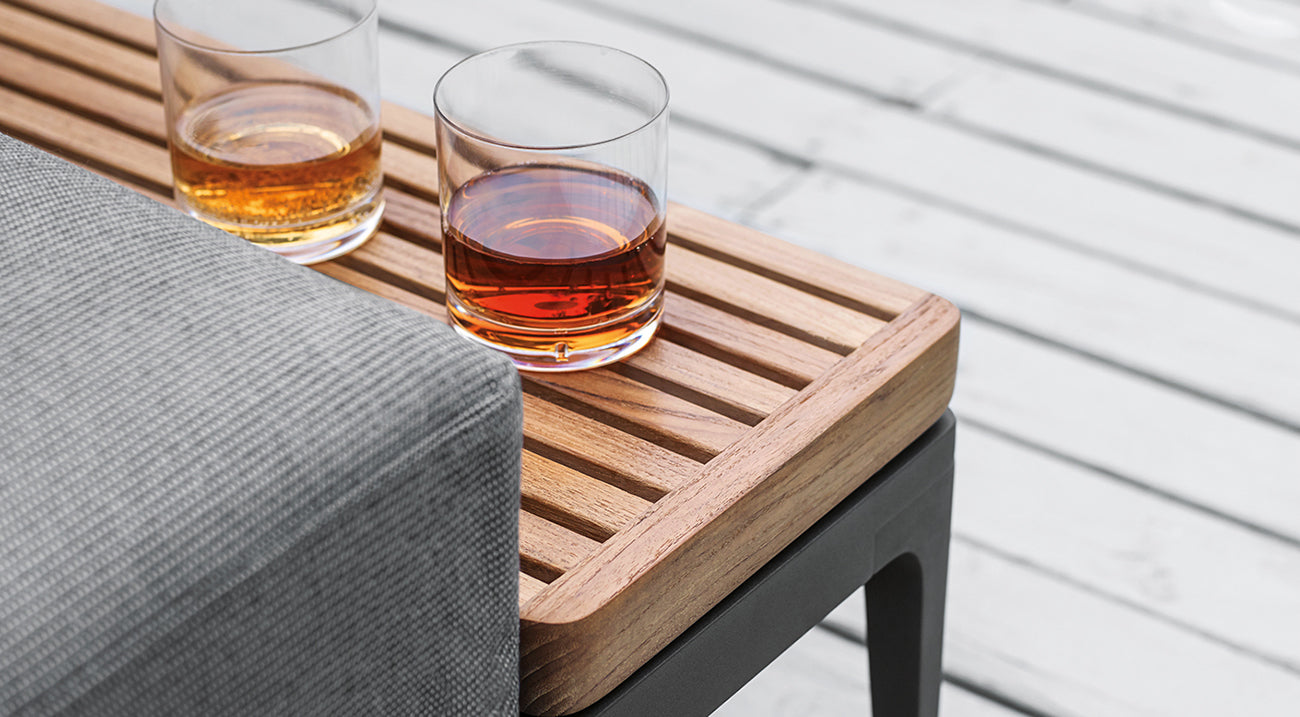

0 thoughts on “What Is Rubberwood Furniture”